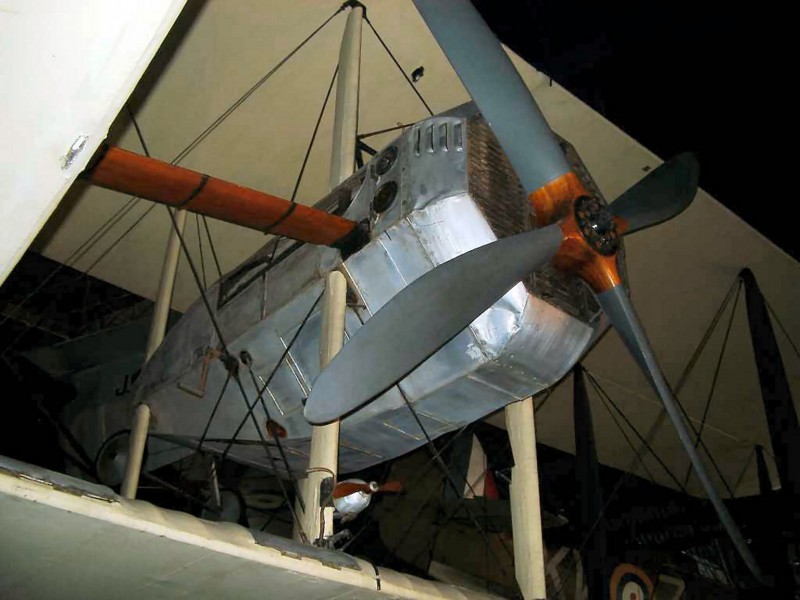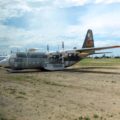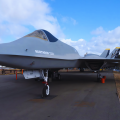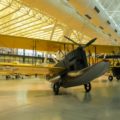
Vickers Vimy | |
|---|---|
| Country | UK |
| Type | Heavy bomber aircraft |
| Description | Album of 27 photos walk-around of a Vickers Vimy |
Fotogalleri av en Vickers Vimy, The Vickers Vimy var et britisk tungt bombefly fra første verdenskrig og etter første verdenskrig. Det oppnådde suksess som både et militært og sivilt fly, og satte flere bemerkelsesverdige rekorder i langdistanseflyvninger i mellomkrigstiden, hvorav den mest berømte var den første non-stop kryssingen av Atlanterhavet av Alcock og Brown i juni 1919.
Kilde: Vichers Vimy på Wikipedia
Les også:
Vickers Vimy var et britisk tungt bombefly utviklet og produsert av Vickers Limited. Den ble designet av Rex Pierson, Vickers' sjefsdesigner, under de siste stadiene av første verdenskrig for å utstyre Royal Flying Corps (RFC). Vimy hadde en biplan-konfigurasjon med to Rolls-Royce Eagle VIII-motorer, som hver produserte 360 hestekrefter. Vimy kunne bære opptil 1 124 kg bomber og hadde to Lewis-maskingevær for selvforsvar. Vimy hadde et vingespenn på 20,47 m, en lengde på 13,27 m og en høyde på 4,65 m. Den hadde en maksimal hastighet på 166 km/t, et servicetak på 3,048 m og en rekkevidde på 1,465 km.
Vimy var ikke i aktiv kamp under første verdenskrig, da bare noen få fly hadde blitt tatt i bruk da våpenhvilen ble undertegnet i november 1918. Vimy ble imidlertid kjernen i RAFs tunge bombeflystyrke gjennom 1920-tallet og ble brukt i forskjellige militære operasjoner i Midtøsten og India. Vimy hadde også en vellykket sivil karriere, da den ble brukt til passasjertransport og rekordstore flyreiser. Den mest kjente av disse var den første non-stop kryssingen av Atlanterhavet av John Alcock og Arthur Brown i juni 1919, og fløy fra Newfoundland til Irland på 16 timer og 12 minutter. Andre bemerkelsesverdige flyvninger inkluderte den første flyvningen fra England til Australia av Ross og Keith Smith i desember 1919, og den første flyvningen fra England til Sør-Afrika av Pierre van Ryneveld og Quintin Brand i februar 1920.
Vimy ble pensjonert fra militærtjeneste i 1933 og fra siviltjeneste i 1937. Den ble erstattet av mer avanserte og effektive fly som Vickers Virginia og Vickers Wellington. Vimy var en viktig milepæl i utviklingen av luftfart og demonstrerte potensialet til langtrekkende luftmakt.

Visninger : 2304











